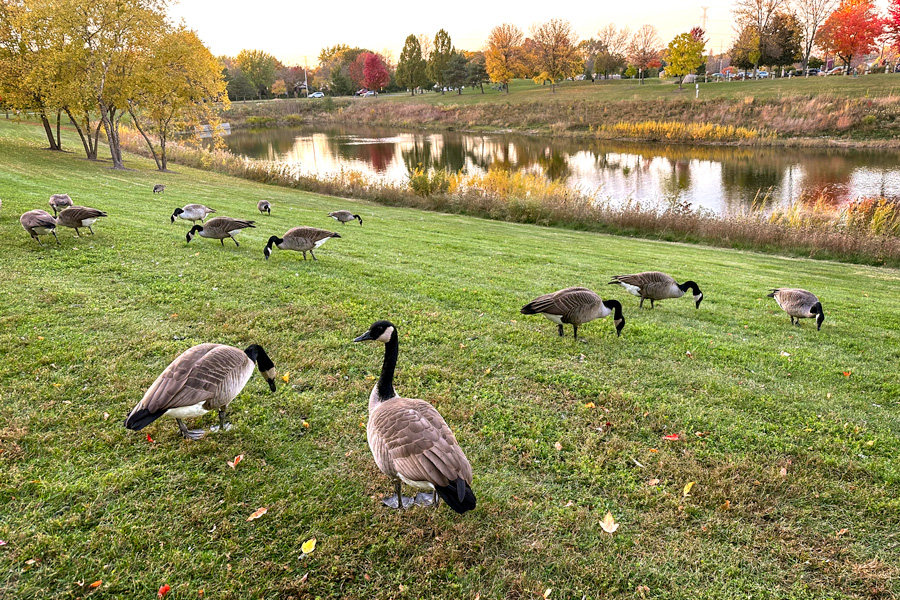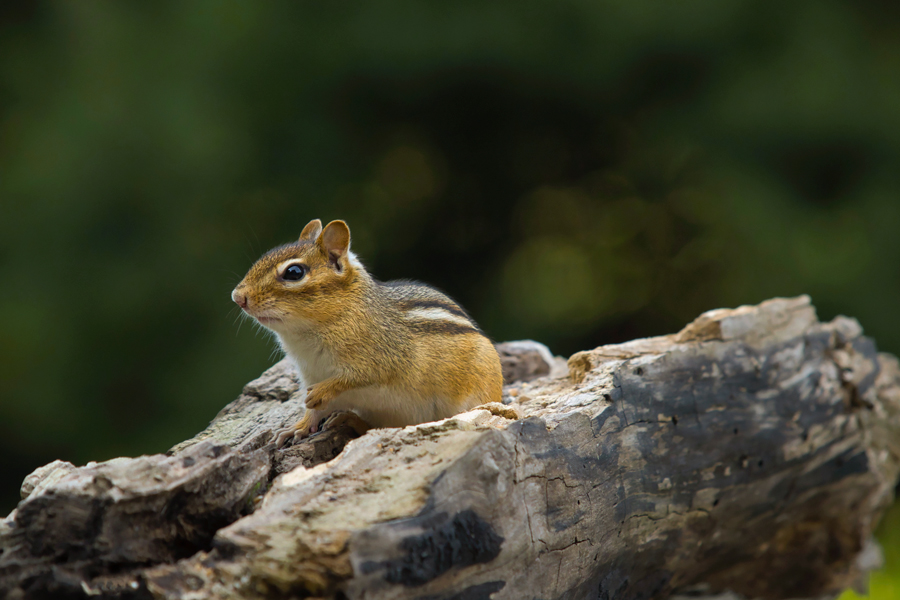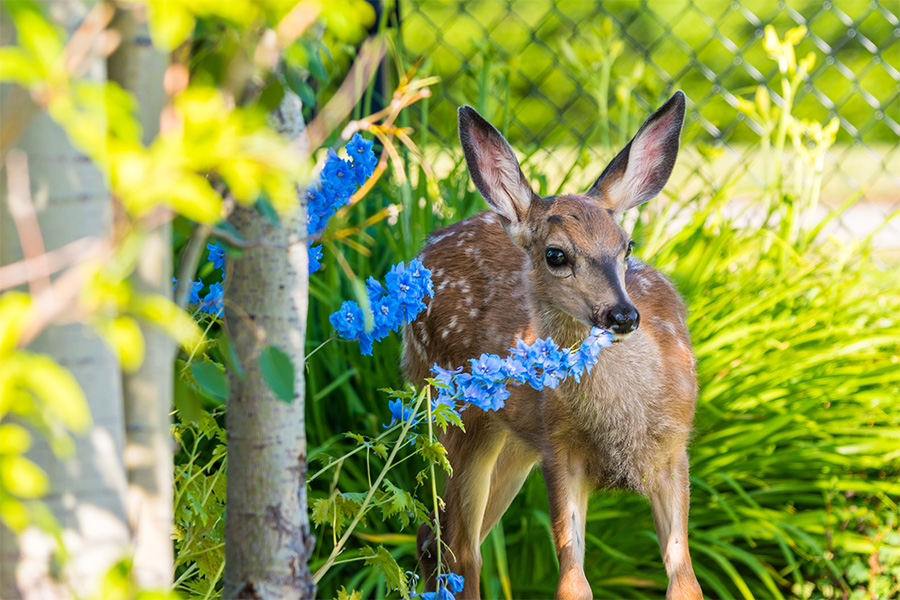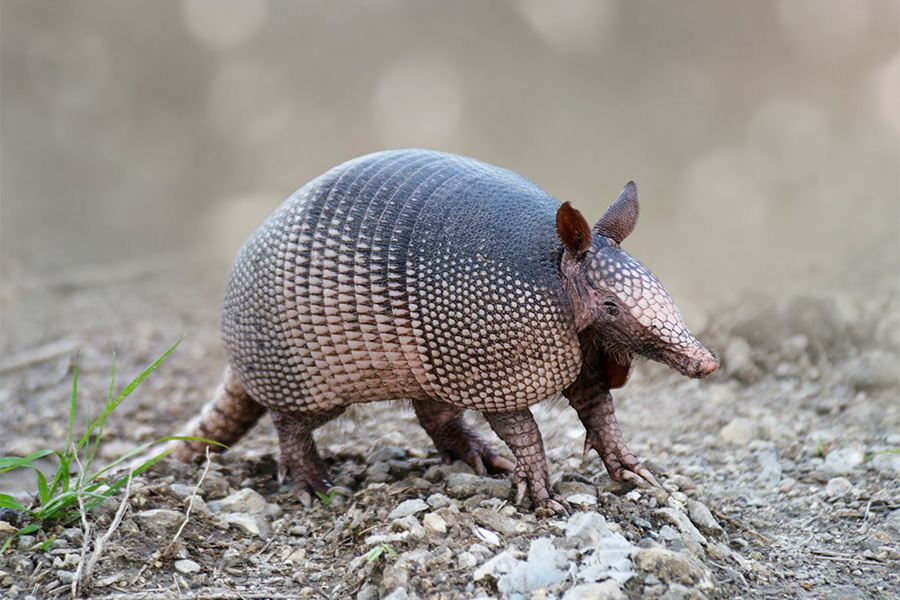Nuisance Animals
-

When wildlife populate a place where they are unwanted or cause damage to valuable plants or structures, they become a nuisance. This publication discusses some basic principles for dealing humanely with nuisance wildlife.
Michael T. Mengak
|
-

Tawny crazy ants have proven to be a major nuisance to Georgia residents. This publication helps readers identify these ants and provides guidance for pest management professionals to manage and eliminate them.
Dan Suiter
|
-

C 910
Chipmunk Control
This publication discusses several methods for controlling chipmunks, including exclusion, trapping, poison, repellents, and shooting.
Michael T. Mengak
|
-

C 1027-9
Garden Fencing
This publication describes options for fencing a community or school garden, including fence types and materials.
Bob Westerfield and David Berle
|
-

This resource lists several varieties of plants for your landscape that deer prefer to eat less.
Sheri Dorn
|
-

White grubs are the larvae of scarab beetles. All are C-shaped, white to dirty white in color, with a brownish head and legs.
William G. Hudson
|
-

This publication discusses general aspects of the copperhead snake.
Michael T. Mengak
|
-

Scientists classify armadillos with anteaters and sloths. They have poorly developed teeth and limited mobility. Armadillos are considered both an exotic species and a pest.
Michael T. Mengak
|